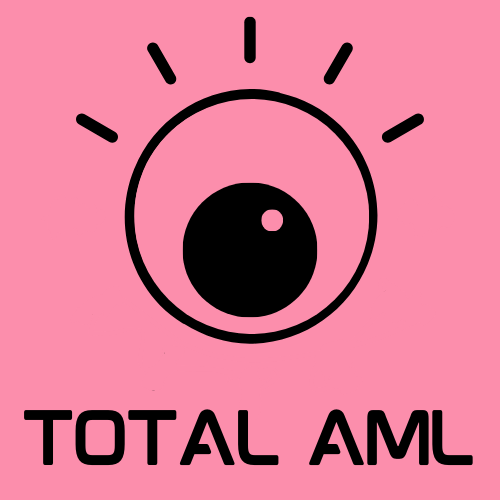New Guidance for Money Remitters
The Department of Internal Affairs (DIA) issued:
Let’s see each of them.
Wire Transfers, Prescribed Transaction Reports and Suspicious Activity Reports
Many money remitters that utilise informal money or value transfer systems often use cash to transact. In order to settle inbound international wire transfers into New Zealand, they may take physical cash to a bank and deposit it into the beneficiary’s bank account. For a cash transaction of $10,000 or more, new Regulation 9 (Prescribed Transactions Reporting) requires you to submit a prescribed transaction report (PTR) to the New Zealand Police Financial Intelligence Unit (FIU).
Ordinarily, reporting entities acting as intermediary institutions in a chain of wire transfers are not required to submit a PTR. However, due to the complex systems that some money remitters utilise to deliver their services, the FIU did not always receive full reporting of every transfer of funds in or out of New Zealand. Consequently, effective 1 June 2024, Regulation 6A (Exemptions) is amended so that it does not apply to money remitters. This means that a money remitter must submit a PTR for every transaction it conducts that is part of an international wire transfer regardless of whether the money remitter is an ordering, an intermediary, or a beneficiary institution.
Some money remitters utilise informal money or value transfer systems. This may include practices such as aggregating transactions, engaging other money remitters to make payments on their behalf and instructing unrelated customers to make payments to each other. The new regulation states, to avoid doubt, that for all of these situations, a money remitter is required to comply with relevant wire transfer requirements.
New Regulation 15D (Requirements and Compliance) requires a money remitter to also submit a copy of a suspicious activity report (SAR) in another country, for an international wire transfer to or from New Zealand if the money remitter in New Zealand also controls the transaction in the other country. I.e., when the money remitter in New Zealand is also:
the ordering institution of that wire transfer outside of New Zealand; or
the beneficiary institution of that wire transfer outside of New Zealand.
Money Remitters That Use Agents
New Regulation 15G (Requirements and Compliance) requires a reporting entity that uses agents to include adequate and effective procedures, policies and controls in its AML/CFT compliance programme for:
Any functions carried out by an agent of the reporting entity as part of the AML/CFT compliance. In practice, you must now have written procedures, policies and controls that set out the functions that your agent(s) carry out as part of your AML/CFT compliance programme. For those money remitters that use master agents, this includes the respective functions of both master and sub-agents.
Vetting and training agents who carry out functions on your behalf. Your vetting should be of a high standard and appropriate to the role that your agent undertakes for you. Similarly, your training should ensure that your agents are aware of the ML/TF risks faced by your business, and how they should respond when they encounter those risks.
Maintaining a list of agents of the reporting entity acting in the AML/CFT compliance programme. This list must be kept up to date, and it could be kept in your AML/CFT compliance programme document itself, or as a separate appendix which is updated whenever there is a new agent added or removed.
The guidance further clarifies that:
If you have a master agent agreement, you remain ultimately responsible for ensuring that the master agent and the sub-agents comply with the AML/CFT policies and procedures.
Money remitters and their agents (and sub-agents) may now, if necessary, share information regarding a SAR or PTR, to enable the money remitter to better comply with its reporting obligations. This information may be shared vertically, i.e., between the money remitter and the agent or sub-agent, and between the agent and sub-agent, but not horizontally, i.e., across agents. In practice, you are now permitted to disclose and discuss any previously held concerns or red flags about a customer.
If you are using an agent, the underlying customer is your customer, not the agent. This is particularly relevant when considering wire transfer obligations.
Your Compliance Programme
You should ensure that your AML/CFT Compliance Programme is updated to reflect these new requirements. Get in touch if you need any assistance.
